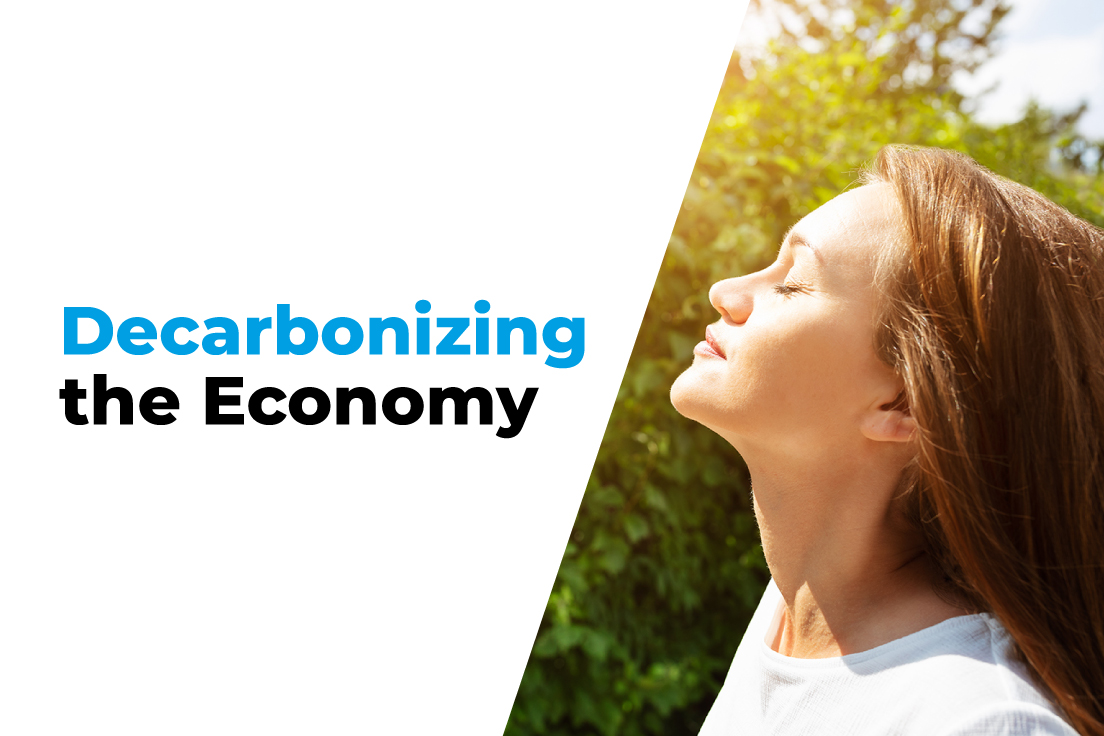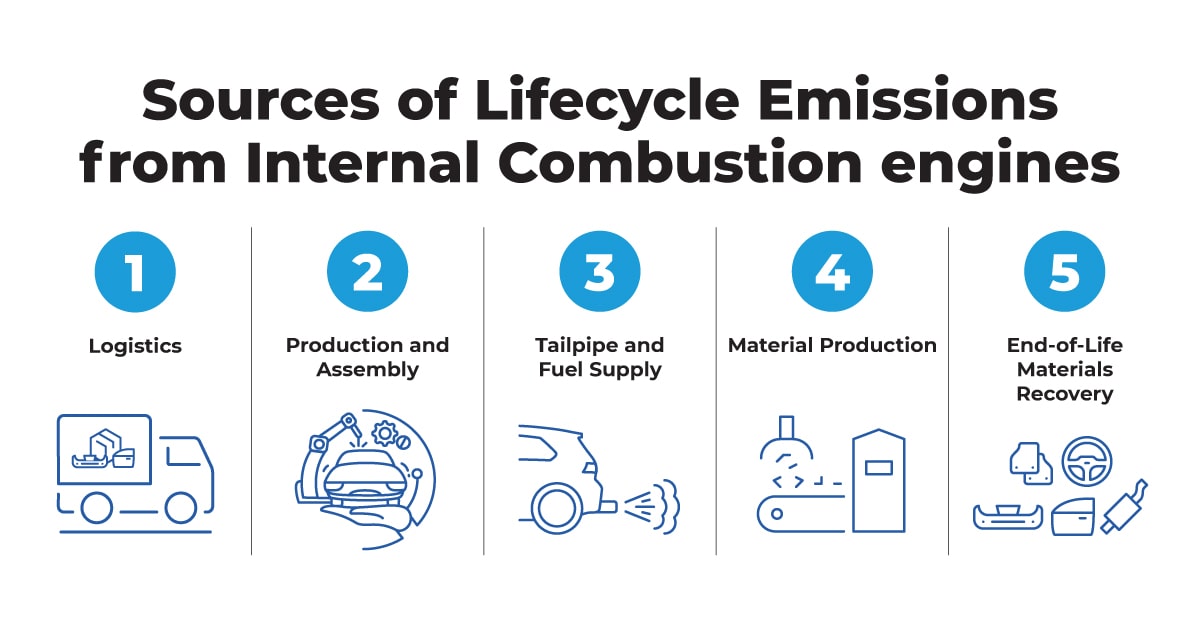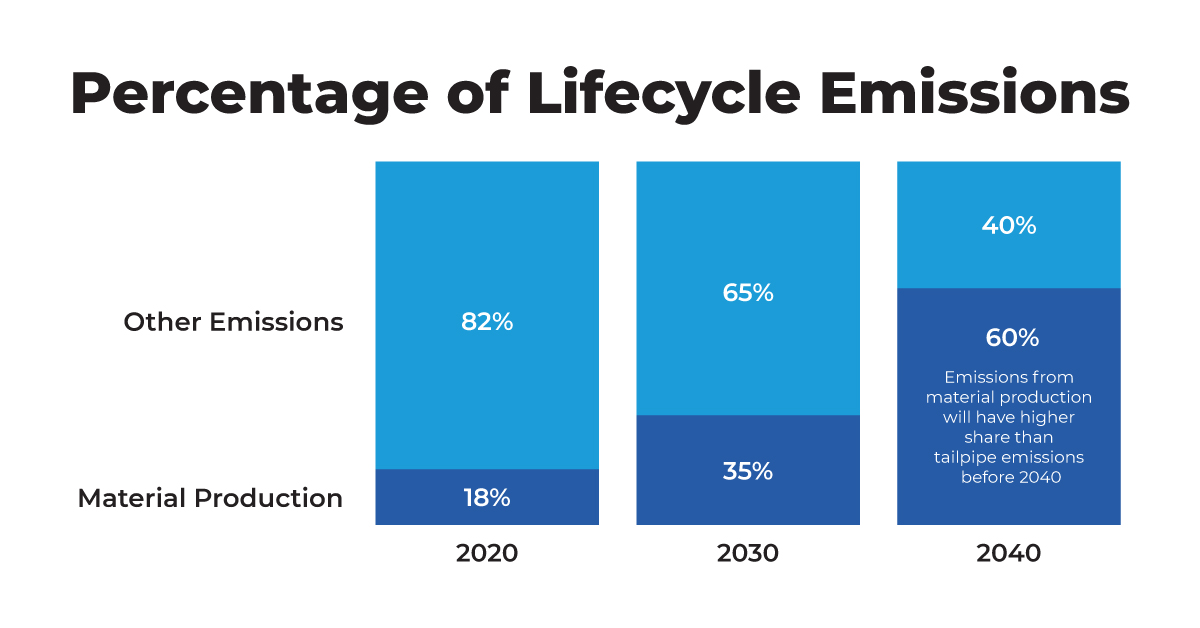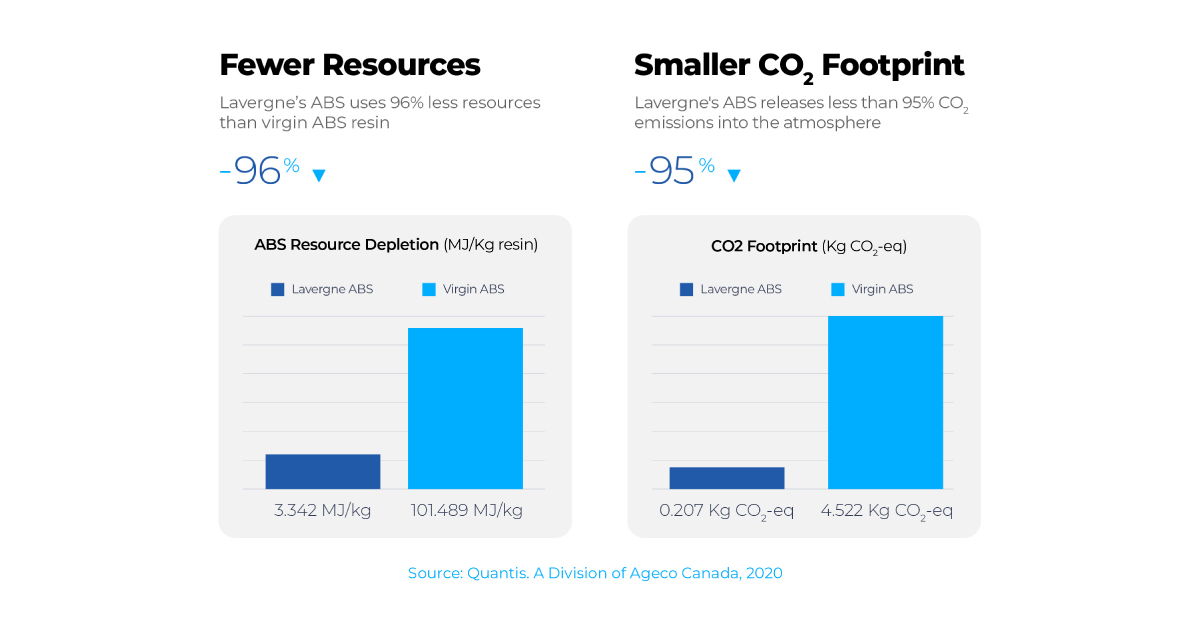Climate change is one of the world’s leading environmental concerns. The rising global temperatures and large-scale weather shifts are being caused by excessive Greenhouse Gas (GHG) emissions, mostly from burning fossil fuels like coal, oil and natural gas.
Governments, industry and other organizations are taking action to reduce those emissions and slow the impact on our planet. Many initiatives involve a comprehensive set of long-term goals striving to create a climate-neutral society and a zero-carbon economy. Over the coming decades, they will change the way we think about business planning, innovation and products.
For an innovative company like Lavergne, these long-term initiatives are helping to guide the way we plan our technologies, research, partnerships and products. Lavergne will continue researching, developing and producing high-quality, post-consumer recycled resins as a way of moving us towards a zero-carbon economy.
When we look at the market, these changes make the best business sense. And when we look at the planet, these changes make even better environmental sense!
Decarbonization of the Automotive Industry
The automotive industry will play a big role in decarbonizing the global economy. The US Environmental Protection Agency says 28 percent of Greenhouse Gas (GhG) emissions come from the transportation sector, and 82 percent of those emissions come from vehicles like cars, trucks and buses.
Mark Church, Lavergne’s automotive lead, explained the relevance. “More and more automakers are including sustainability as a metric for business performance, and rightfully so. Success and sustainability will be inseparable as industry leaders adopt efficient solutions to carbon reduction. The supply base must develop and implement cost effective solutions to enable the industry to grow responsibly.”
Let’s look at what those future changes could entail.
European Union (EU) and the Carbon Adjustment Mechanism (CBAM)
In many ways, Europe is emerging as a world leader of climate change action. The European Union (EU) has set an ambitious goal of being a Zero-Carbon Economy — net zero greenhouse gas emissions — by the year 2050.
The EU’s comprehensive objective is at the heart of the European Green Deal and in line with the EU’s commitment to global climate action under the Paris Agreement.
In December 2019, the EU proposed a Carbon Border Adjustment Mechanism (CBAM) as a broad set of regulations to help meet these goals.
The CBAM proposal mentions three potential policies to meet it objectives:
- Carbon tax on imports and domestic production
- Customs duty on imports, and
- Extension of the Emission Trading System (ETS), the EU’s cap-and-trade carbon market
The EU’s Emission Trading System (ETS) was designed to combat climate change and cost-effectively reduce greenhouse gases. It’s the worlds’ first major carbon market and remains the biggest one.
The CBAM is still in the development stages and different proposals are under discussion at the time of this writing (May 2021). But the discussions are underway. The European Commission is expected to publish an implementation proposal for a CBAM in June 2021.
Regardless of how the EU policy prescribes its carbon reducing measures, there will certainly be an impact on industry — from producers all the way through the supply chain.
Regulating Automobile Emissions
When you look across the lifecycle of an automobile, you can see how carbon emissions are generated at various stages and emitted from various sources:
- Production and Assembly
- Logistics
- Tailpipe and Fuel Supply
- Material Production
- End-of-Life Materials Recovery





